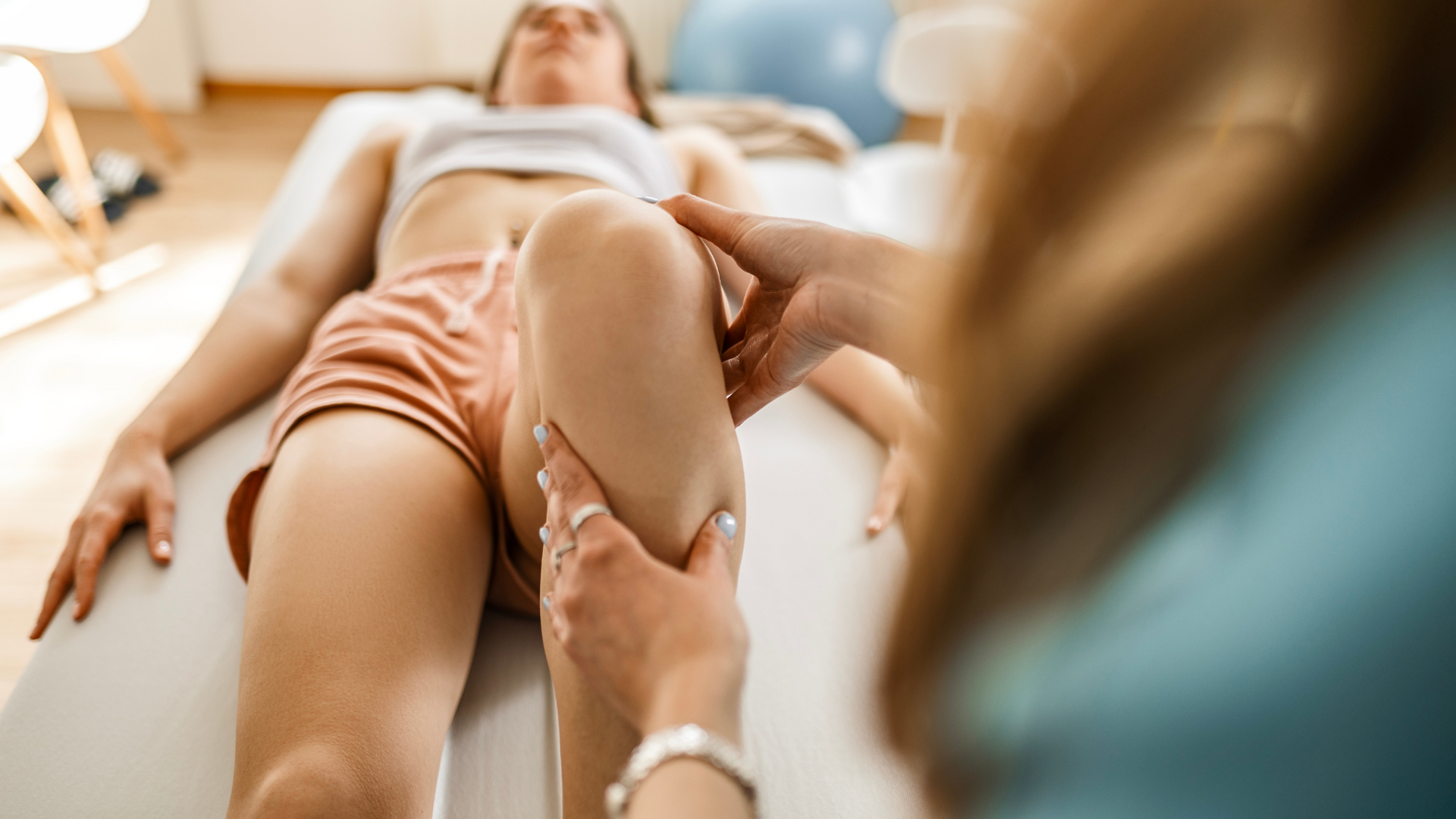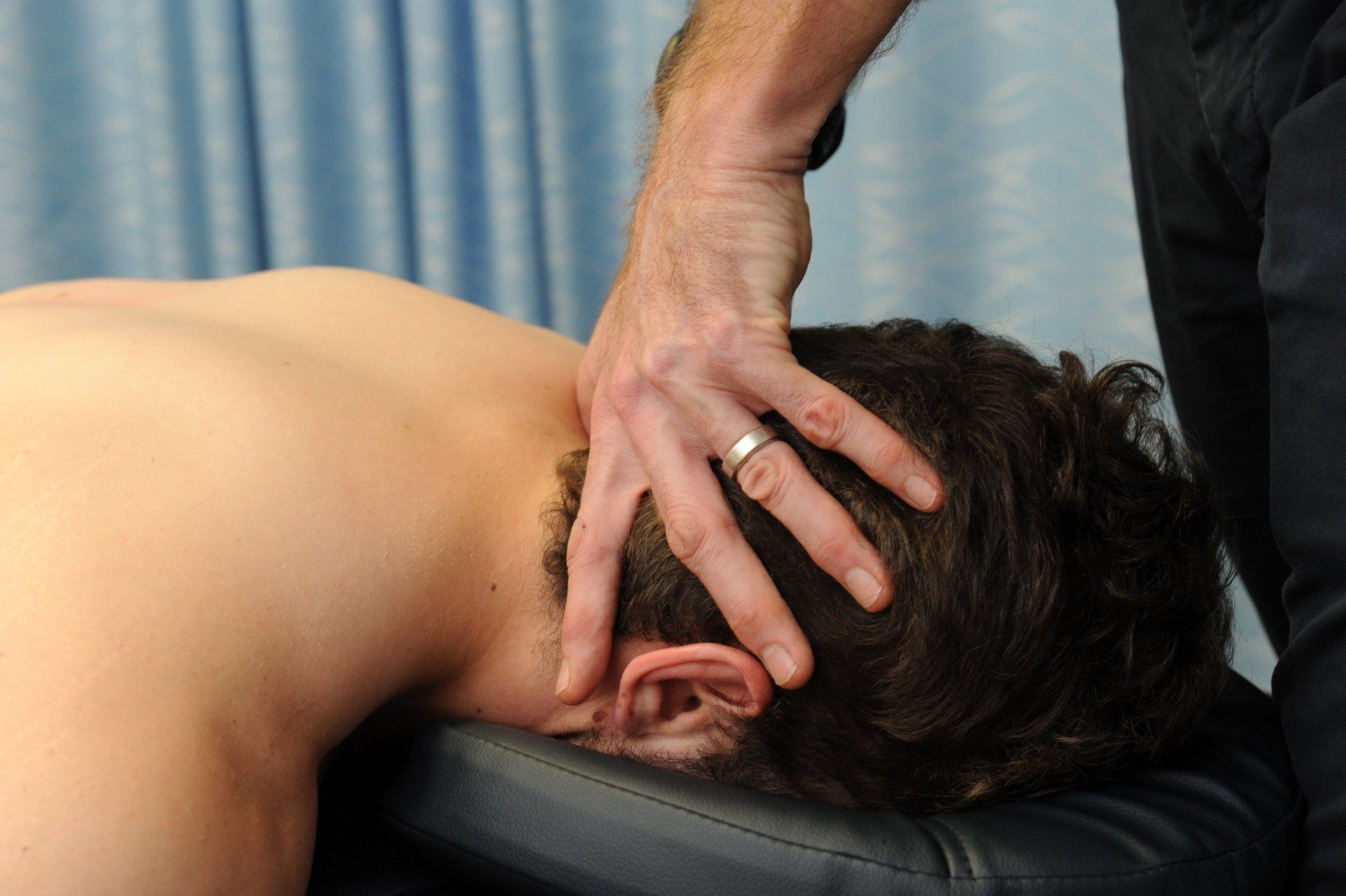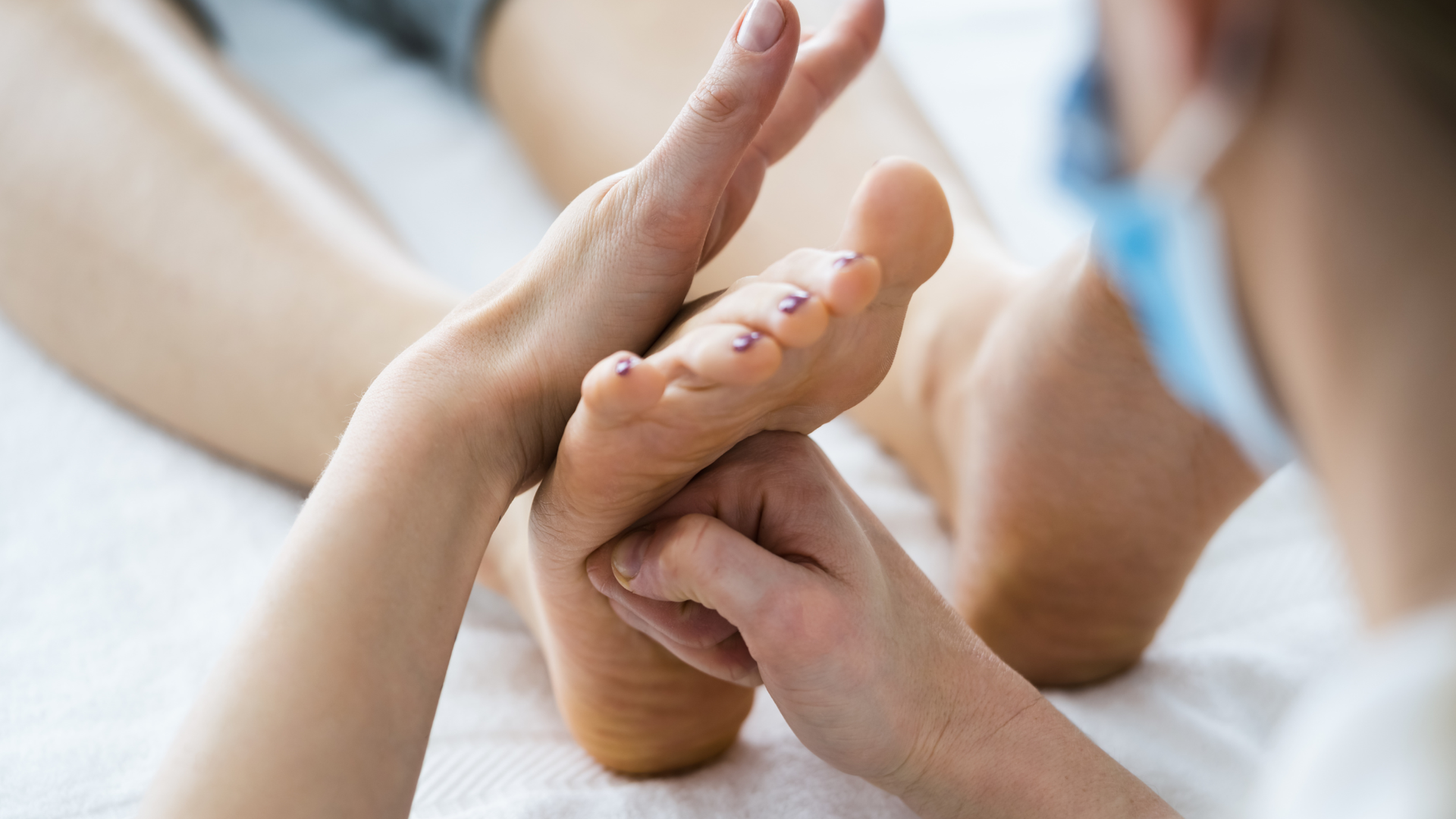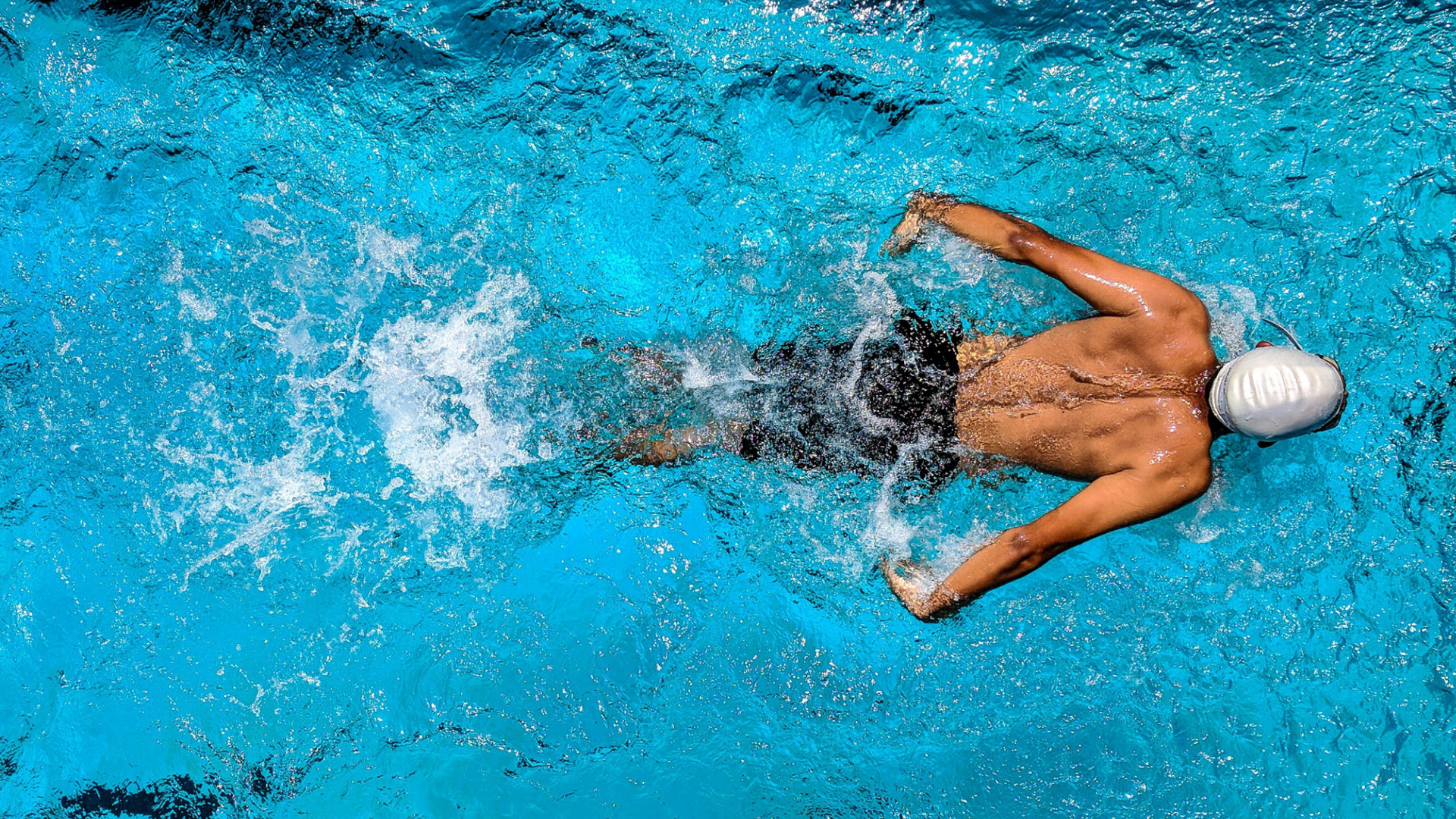The Knee - ACL Injuries Part One
What are ACL injuries? How are they managed? Can we prevent them?
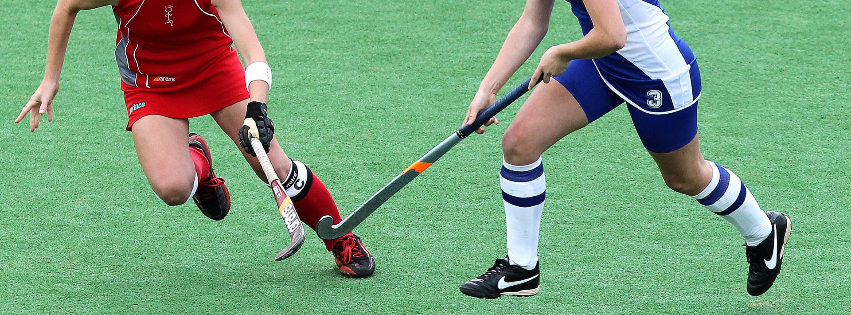
They’re big questions, and to ensure we don’t send you to sleep talking endlessly about ACL's, we've broken it down into 3 parts:
(1) ACL Injury
(2) Injury Management, and
(3) Injury Prevention.
Part One
You may well know someone who has injured their Anterior Cruciate Ligament and, if you’re a sports fan, particularly of AFL or netball in Australia, then you have probably seen one happen, live. They are unpredictable (are they?), dramatic (mostly) and dreaded by athletes, coaches and team mates alike due to the time frame required to recover and return to full sport.
30-40 years ago, they were considered an almost career ending injury. Nowadays, ACL injuries are extremely well diagnosed, managed, and successfully returned to elite sport and daily living. Many will still opt for surgical repair, however there is a growing body of evidence to show that in some presentations conservative (non-surgical) management can have excellent outcomes too. More on that in Part Two.
What is the ACL?
The anterior cruciate ligament is a strong, cord-like band of fibrous connective tissue that spans the inner part of the knee joint, running from the tibia to the femur. It is an important stabiliser, resisting rotational movement and anterior gliding of the tibia on the femur. It is composed of two bundles which tighten at different stages throughout knee movement, providing stability across the range. Pretty nifty.
The ACL has an artery that runs through the centre of it, and a really good nerve supply. This is why they swell so rapidly when ruptured and usually hurt like hell!
How is it injured?
The majority of ACL injuries (70%) are non-contact. This means that there is not an external force such as another player or equipment involved. The classic non-contact mechanism of injury (‘MOI’ in Sports Medicine lingo) is when landing from a height or changing direction and there is excessive knee rotation coupled with side force (either abduction or adduction), or from hyperextending the knee. If you’ve got the stomach for it, here are a couple of examples of non-contact ACL injuries: AFL ACL Injury | Netball ACL Injury.
The reality is though, any activity that exposes the knee to rapid pivoting, twisting and deceleration moments can result in an ACL tear. That’s why it is so common with sports like AFL, netball and alpine skiing.
The remaining 30% of injuries are contact injuries, such as when a player falls across their opponent’s knee or during contact in martial arts. These are often more traumatic and result in collateral damage, such as medial and lateral ligament injuries, posterior capsule injuries and tibial plateau fractures (although these can occur with non-contact injuries too).
An ACL rupture is usually (but not always) accompanied by a “pop” and rapid onset of swelling. They are often really painful (due to that awesome nerve supply) and difficult to weight bear on.
Who is at risk?
While we all have the potential to injure our ACL, they are way more common in people aged 16-35 and in females.
Physio’s often refer to neuromuscular and biomechanical factors for ACL injury risk – big words for how strong we are, how quick muscles react, and our coordination and control of movement. With hindsight, we are often able to identify many of these risk factors. Too little too late perhaps? But it also means, given the chance, we can potentially modify some or all of these factors through targeted exercise programs, training, and controlled exposure to the activity, ie. gradually doing more at higher and more demanding levels. More about that in Part Three.
We can also control some of the external risk factors – things like footwear, the surface we are playing on, the equipment we are using or the weather we are exposed to.
One thing we can’t control is gender. Females are 3 times more prone to ACL injuries than their male counterparts. There are a range of reasons for this, including anatomical features, hormonal changes, body shape and strength variances.
Have I “done my knee”?
The ACL can by strained, partially torn, or completely ruptured. They can be injured in isolation or, more commonly, in conjunction with other structures such as the meniscus or the medial collateral ligament. Some will need urgent medical attention, most require medical imaging and many will still opt for surgery.
What EVERY ACL injury does require though is careful assessment, diagnosis, injury management and prudent rehabilitation.
In Part Two of our three part ACL series, we will take you through a careful and considered approach to assessing ACL injuries, the tools used to diagnose an ACL injury, your treatment options and the rehabilitation pathways we use to get people back to sport and life. And if you want to know how to reduce your risk of ACL injury, stay tuned for Part Three in this series.
If your looking for some more information on the management of ACL injuries, check out theses perspectives from the Journal of Orthopaedic Sports and Physical Therapy:
- Knee Ligament Sprains and Tears: Clinical Practice Guidelines — Ensuring Best Care
- Anterior Cruciate Ligament Surgery: Optimize Return to Activity andMinimize Risk of a Second Injury
- Return to Sport: When to Resume Full Activity After an ACL Surgery
- Preventing Knee Injuries: Exercises to Keep You From Getting Sidelined
If you have knee pain or think you might have injured your ACL, give us a call. We love knees and we love helping people with all sorts of knee problems get back to doing what they enjoy most.
Do you have knee pain?
Have you recently injured your ACL?
Do you want better knee health now and into the future?
Give us a call. We love knees and we love helping people with all sorts of knee problems get back to doing what they enjoy most.
Resources: For a full list of the resources used in this series, contact us via our
Contact
page.
